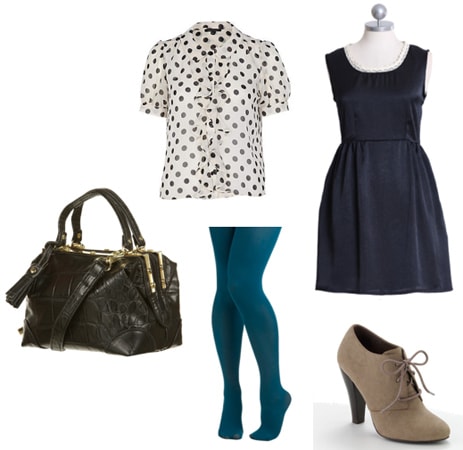The Original Hipsters: Fashion in the USSR During the 1950s

It’s an ancient story of opposites: yin and yang, light and darkness, sweet and sour, cheap and chic, communism and capitalism. Though seemingly direct opposites, they contain traces, little droplets of each other and, if taken to the extreme, provoke the same reactions. Or do they?
The USSR of 1950s was too conservative and practical for something as frivolous and diverse as fashion. Clothing choices were made by special committees and so, as designers complained, only the most generic models reached the public. The best dressed citizens were the ones who made their own clothes using dress patterns from scarce fashion magazines.
The Iron Curtain separating the country from Western influences didn’t make an exception for fashion trends. Even the ones to cross the barrier were met with disapproval: skirt length was monitored in schools and colleges, wearing pants was considered masculine and inappropriate for women, and high heels were “too impractical.” Dior’s first fashion show in the USSR shows a striking difference between the citizens and models. For most Soviet people during this time, fashion didn’t even exist.
Today’s “hipster” movement finds value in rareness – in the effort you put in to find something precious just for yourself. It is an answer to the mass availability of anything at all. But could it be that its background takes us back to the USSR of 1950s, a time of deficit and conformity, a time most different from the lavish shopping scene of contemporary ‘Murica?
Table of Contents
Back to the USSR

Well, gray is always on trend. | From the movie Stilyagi (2008)
When The Beatles sang “Back in the USSR/ You don’t know how lucky you are, boy,” they sure as hell didn’t mean the Soviet fashionistas. If you were a USSR college girl in the 1920-30s, you wouldn’t find a single flapper dress on sale. Even later on people had no choice but to wear what everyone else was wearing.













